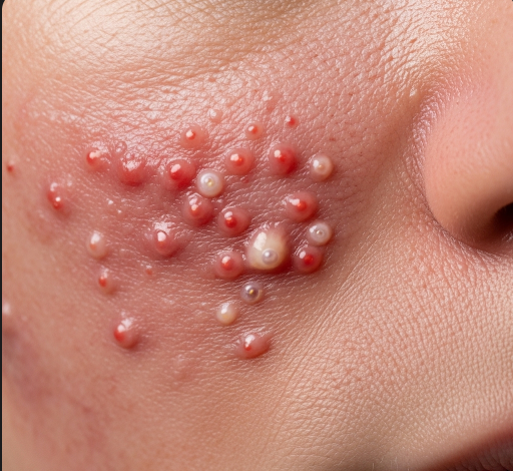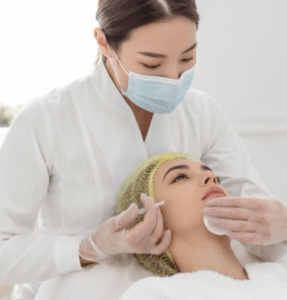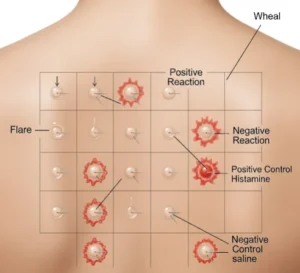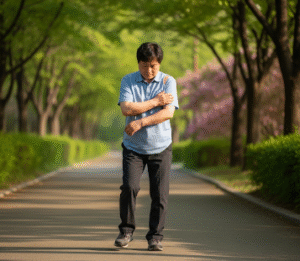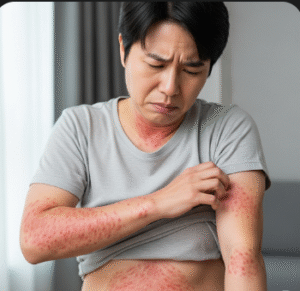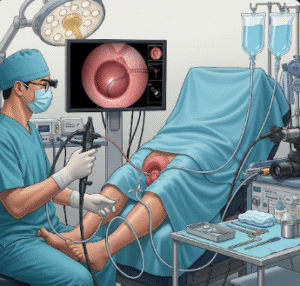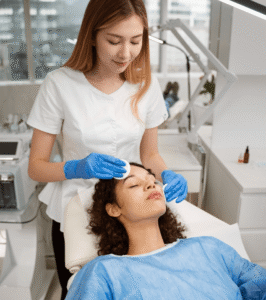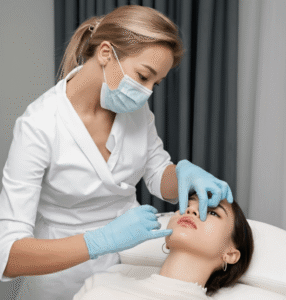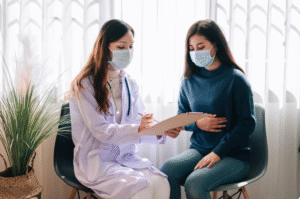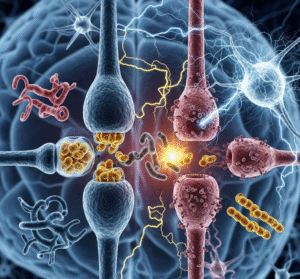Overview
Inflammatory acne is a common and often distressing skin condition characterized by red, swollen, and sometimes painful lesions caused by inflammation of hair follicles and sebaceous glands. Unlike non-inflammatory acne, which consists mainly of blackheads and whiteheads, inflammatory acne includes papules, pustules, nodules, and cysts that result from deeper skin involvement. In Korea, where skincare and dermatology are highly advanced, effective treatment options are available that target both the bacterial infection and the inflammatory response to help patients achieve clearer skin.
What is Inflammatory Acne?
Inflammatory acne occurs when clogged pores become infected with bacteria, leading to an immune response that causes redness, swelling, and pus formation. This type of acne involves inflammation deeper within the skin compared to comedonal acne and often results in more significant skin damage and scarring if not properly treated.
Symptoms
- Red, tender bumps (papules) on the skin
- Pus-filled lesions (pustules)
- Large, painful nodules or cysts under the skin
- Swelling and redness surrounding the lesions
- Possible scarring or hyperpigmentation after healing
Causes
- Overproduction of sebum by sebaceous glands
- Blockage of hair follicles by dead skin cells and oil
- Colonization by Cutibacterium acnes (formerly Propionibacterium acnes)
- Inflammatory immune response to bacterial proliferation
- Hormonal fluctuations, especially during puberty
- Genetic predisposition
Risk Factors
- Adolescence and young adulthood
- Hormonal changes such as menstruation, pregnancy, or polycystic ovary syndrome (PCOS)
- Use of certain medications (e.g., corticosteroids, lithium)
- High-stress levels
- Poor skin hygiene or use of comedogenic cosmetics
- Family history of severe acne
Complications
- Permanent scarring including icepick, boxcar, or rolling scars
- Post-inflammatory hyperpigmentation
- Psychological effects including anxiety, depression, and reduced self-esteem
Prevention
- Gentle cleansing routines to keep pores clear without irritating the skin
- Avoiding excessive scrubbing or harsh skincare products
- Using non-comedogenic makeup and skincare products
- Managing stress and hormonal imbalances
- Early treatment at the first signs of inflammation
Treatment Options in Korea
Diagnosis
- Clinical examination by dermatologists
- Assessment of acne severity and type of lesions
- Hormonal evaluation in selected cases
Medical Treatments
- Topical antibiotics (e.g., clindamycin) combined with benzoyl peroxide
- Topical retinoids to normalize skin cell turnover and prevent clogged pores
- Oral antibiotics such as doxycycline or minocycline for moderate to severe cases
- Hormonal therapies including oral contraceptives or anti-androgens for females
- Isotretinoin for severe or treatment-resistant inflammatory acne
Surgical or Advanced Therapies
- Intralesional corticosteroid injections for large nodules to reduce inflammation
- Laser and light-based therapies targeting bacteria and inflammation
- Chemical peels to improve skin texture and reduce scarring
Rehabilitation and Support
- Counseling on skincare routines and lifestyle modifications
- Psychological support for acne-related emotional distress
- Regular follow-up to monitor treatment response and adjust therapies
Top Hospitals or Clinics in Korea
- Seoul National University Hospital – Dermatology Department
- Samsung Medical Center – Acne and Skin Inflammation Clinic
- Asan Medical Center – Dermatology and Cosmetic Dermatology Unit
- Yonsei Severance Hospital – Dermatology and Skin Care Clinic

